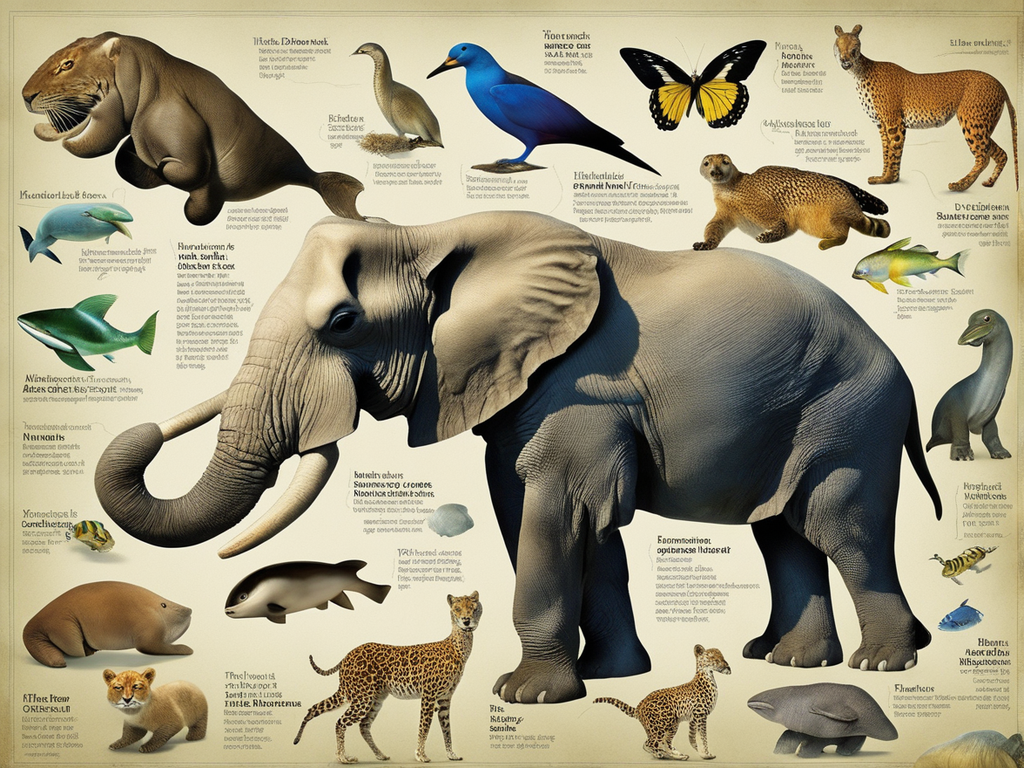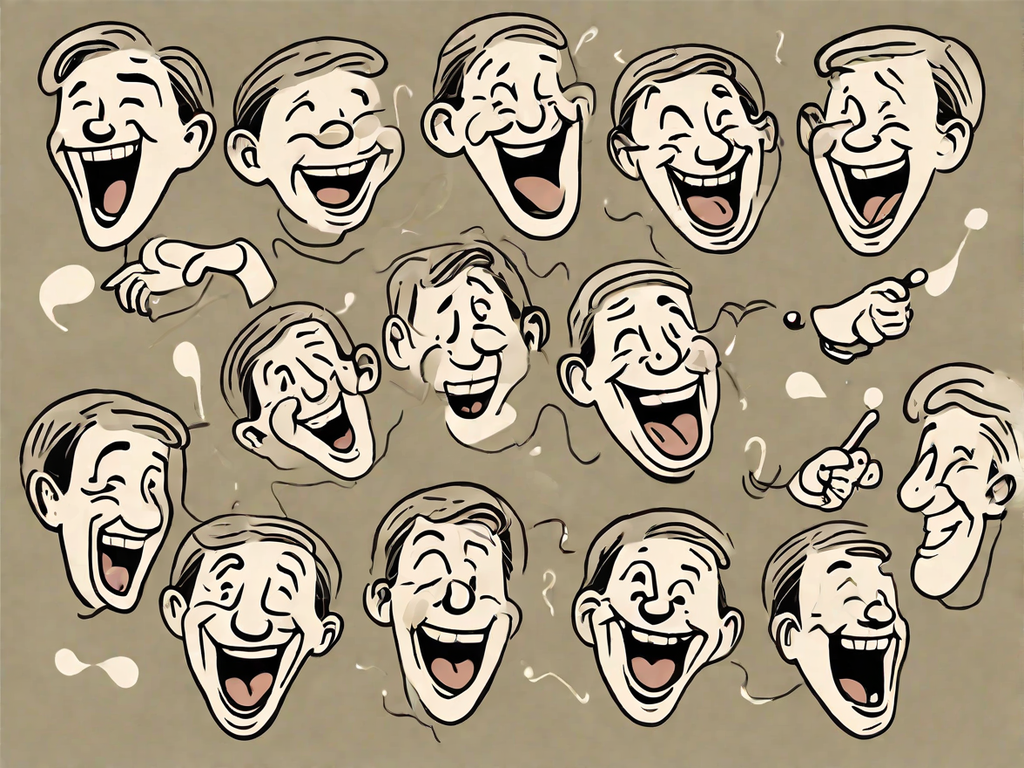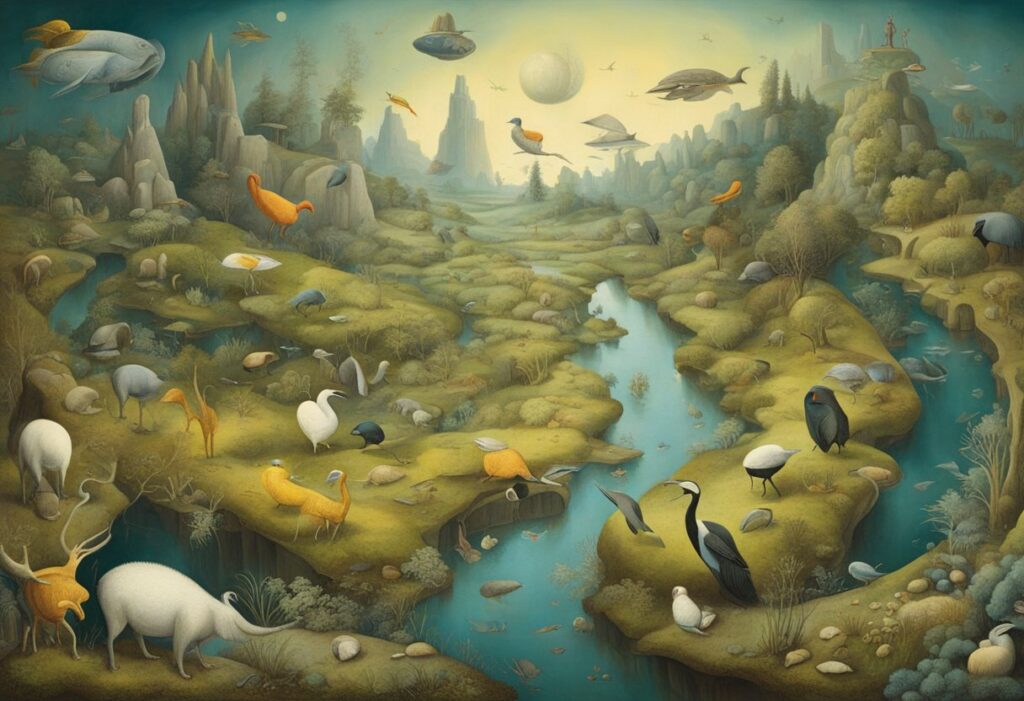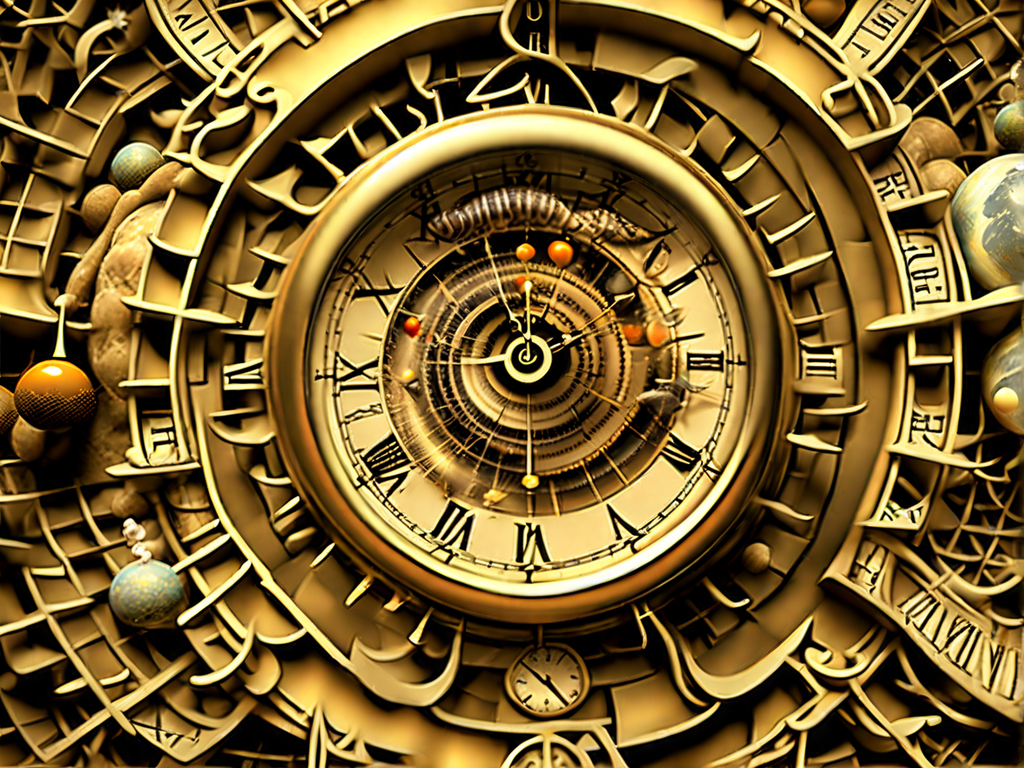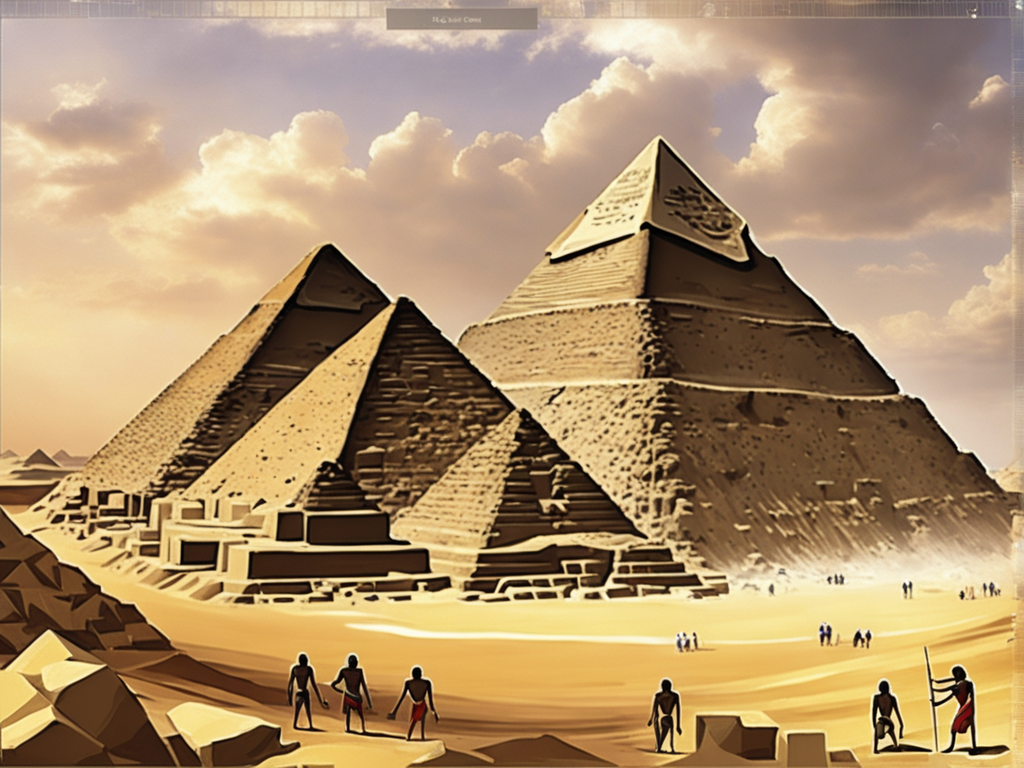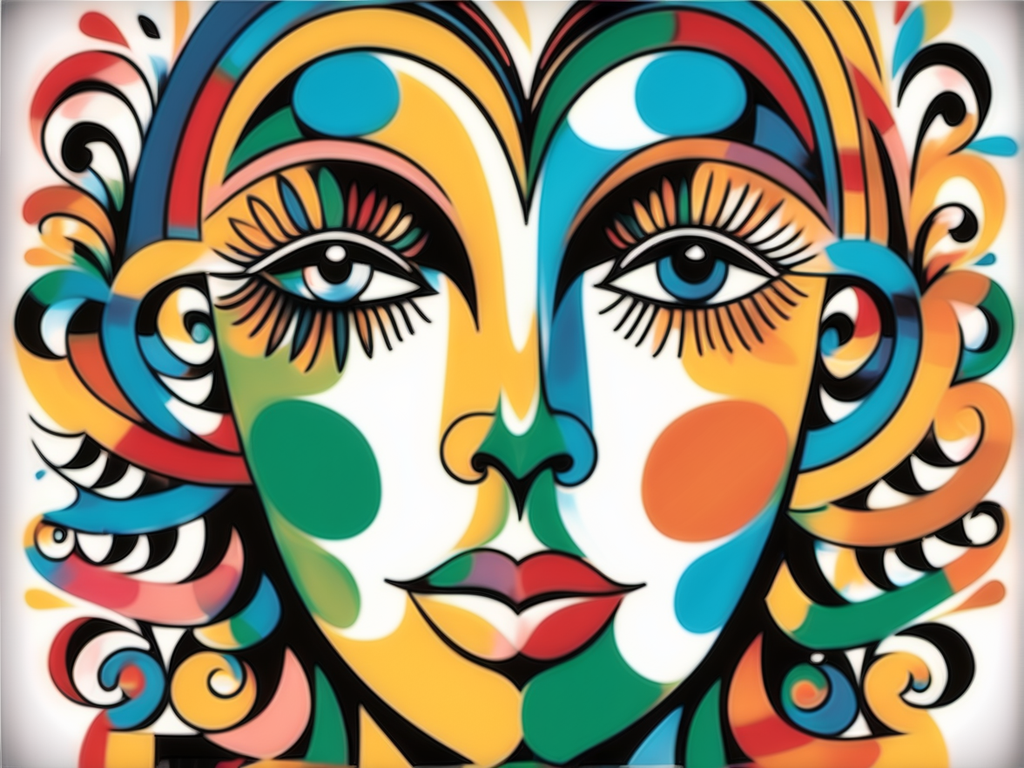Delve into the rich history of illusion and discover how this age-old art form has evolved over time. The history of illusion traces back to ancient civilizations, where the art of deception was used to both entertain and mystify. Ancient Egypt, for example, was known for its intricate magic tricks and illusionary spectacles. The Pharaohs employed skilled magicians who astounded audiences with their seemingly impossible feats.
Throughout the centuries, illusions continued to captivate and amaze people across cultures. From the spellbinding performances of ancient Greek illusionists to the mystical tricks of the medieval era, illusionary arts left an indelible mark on human imagination.
“Illusion is the first of all pleasures.” – Voltaire
However, it was during the Renaissance period that the art of illusion began to flourish. With the advent of optical instruments and the discovery of perspective, artists and inventors pushed the boundaries of what was considered possible. The Italian polymath Leonardo da Vinci, renowned for his Mona Lisa, also dabbled in the world of illusion. His experiments with perspective and visual deception laid the groundwork for future illusions.
Ancient Illusions:
- The Cups and Balls Trick: An ancient trick that involves vanishing and reappearing balls under cups, dating back to ancient Egypt.
- Mirror Reflections: The ancient Greeks used mirrors to create the illusion of objects disappearing or transforming.
- Pepper’s Ghost: An illusionary technique first employed by the ancient Romans, using mirrors and angled glass to create ghost-like apparitions.
Modern Illusions:
- Disappearances: Houdini, the legendary escape artist, wowed audiences with his vanishing acts.
- Levitation: Illusionist David Copperfield famously performed the levitation illusion, where he appeared to float above the stage.
- Mind Reading: Mentalist Derren Brown astonished audiences with his seemingly impossible mind-reading abilities.
Today, modern illusions continue to push the limits of what the human mind can perceive. Magicians and illusionists around the world captivate audiences with their awe-inspiring performances, blending technology, psychology, and sleight of hand.
The Master Illusionists: Legends of Illusionary Arts

Welcome to the captivating world of master illusionists, where the boundaries of possibility are shattered and minds are left astounded. These legendary figures have perfected the art of illusion, mesmerizing audiences for generations with their awe-inspiring tricks and illusions.
One such master illusionist is the world-renowned David Copperfield, known for his incredible ability to make objects vanish into thin air. His showmanship and unparalleled creativity have made him a household name in the world of magic and illusion.
“The real magic begins when you convince the audience that the impossible is indeed possible.” – David Copperfield
Another name that resonates with the essence of illusionary arts is Houdini. This legendary escape artist astonished crowds with his death-defying stunts and jaw-dropping escapes from seemingly impossible situations. His ability to captivate audiences with his daring acts earned him the title of the “Handcuff King.”
When it comes to the art of misdirection and sleight of hand, Dynamo is a name that cannot be ignored. With his street magic performances and mind-bending tricks, Dynamo has redefined the boundaries of what is possible, leaving spectators in a state of disbelief.
“Magic is all about creating an experience that transports people from their everyday reality to a world of wonder and enchantment.” – Dynamo
These are just a few examples of the famous magicians who have left an indelible mark on the illusionary arts. Their dedication, creativity, and commitment to pushing the boundaries of what is possible continue to inspire the next generation of illusionists.
- Harry Houdini
- David Copperfield
- Dynamo
- Criss Angel
- Teller (of Penn & Teller)
These masters of illusion have not only entertained audiences but have also showcased the true artistry behind the illusionary arts. Through their unparalleled skill, they have pushed the boundaries of human perception, leaving us in awe of their incredible talents.
Optical Illusions: Tricks of the Mind and Eye
Prepare to have your mind blown as we delve into the captivating realm of optical illusions. These mind-bending phenomena have fascinated and perplexed us for centuries, challenging our visual perception and leaving us in awe of their mysterious effects.
Optical illusions play tricks on our brains, exploiting the way we perceive and interpret visual information. They demonstrate the remarkable flexibility and vulnerability of our visual systems, showcasing the intricacies of human cognition.
From geometric illusions that distort shapes and sizes, to motion illusions that seem to defy the laws of physics, optical illusions never cease to amaze. They can bend and warp reality, creating visual paradoxes that challenge our understanding of what is possible.
“Optical illusions are a powerful demonstration of the mind’s ability to interpret the sensory inputs it receives. They reveal the delicate balance between our assumptions, expectations, and the information our eyes capture.” – Dr. Sarah Reynolds, cognitive psychologist
Behind the enchantment lies the fascinating science of how our brains process and make sense of visual stimuli. Optical illusions exploit the complex interplay between our visual system and our cognitive processes, revealing the flaws and biases in our perception.
One famous example is the Müller-Lyer illusion, where two lines of the same length appear different due to the addition of inward or outward arrowheads. This illusion has sparked countless debates and research, offering insights into the neural mechanisms underlying our perception of depth and distance.
Another intriguing illusion is the Ponzo illusion, where two identical lines appear different lengths due to the context provided by converging lines. This illusion highlights the powerful role of depth and perspective cues in our perception of size and distance.
Optical illusions continue to capture the imagination of artists, psychologists, and curious minds alike. They push the boundaries of our visual system, challenging us to question what we see and reminding us of the many mysteries that lie within the incredible machinery of the human mind.
The Art of Misdirection: Secrets of Sleight of Hand
Uncover the mesmerizing art of misdirection and the intricate techniques used by magicians to deceive and astonish their audiences. The art of misdirection is a fundamental skill that lies at the heart of magic tricks, allowing magicians to manipulate the audience’s attention and perception.
“Misdirection is the cornerstone of magic. It directs the gaze of the audience and creates a momentary diversion, enabling the magician to perform their sleight of hand without detection.”
– David Copperfield
Sleight of hand, another essential element of magic, involves skillfully manipulating objects while creating the illusion of stillness or empty hands. From card tricks to coin tricks, magicians have mastered sleight of hand to perform seemingly impossible feats right before our eyes.
The art of misdirection and sleight of hand rely on the principles of psychology and the limitations of human perception. By exploiting the brain’s tendency to focus on one thing while ignoring others, magicians create moments of astonishment and wonder.
To better understand how misdirection works, let’s take a closer look at some common techniques used by magicians:
- The offbeat – Magicians create moments of distraction or tension to divert the audience’s attention away from the secret maneuver they are performing.
- Forcing – Magicians subtly guide the audience to make a predetermined choice, leading them away from the actual method behind the trick.
- Lapping – Magicians discreetly remove or produce objects using sleight of hand techniques while the audience’s attention is focused elsewhere.
Mastering the art of misdirection and sleight of hand takes years of practice, skill, and meticulous attention to detail. By perfecting these techniques, magicians are able to create seemingly impossible illusions that leave audiences in awe.
Conclusion
In conclusion, the art of illusion is a mesmerizing world of visual deception and mastery. Throughout history, from the ancient wonders of civilizations such as Egypt and Greece to the modern marvels of renowned illusionists like David Copperfield and Penn & Teller, the art of illusion continues to captivate and intrigue audiences worldwide.
Whether it’s the mind-bending optical illusions that play tricks on our perception or the skillful sleight of hand that baffles our senses, the world of illusion is filled with wonder and awe. It challenges our understanding of reality and pushes the boundaries of what we believe to be possible.
As we step into this enchanting realm, we unlock the true magic behind the art of illusion. It is not merely about tricking the eye or entertaining the mind; it is an art form that requires meticulous craftsmanship, creativity, and a deep understanding of human psychology. Masters of illusion have honed their skills over years of practice, perfecting their sleights, misdirections, and theatrical presentations to create moments of astonishment.
So, whether you find yourself marveling at an awe-inspiring illusion on a grand stage or being astounded by a close-up card trick right before your eyes, embrace the magic and allow yourself to be transported to a world where the impossible becomes possible.



